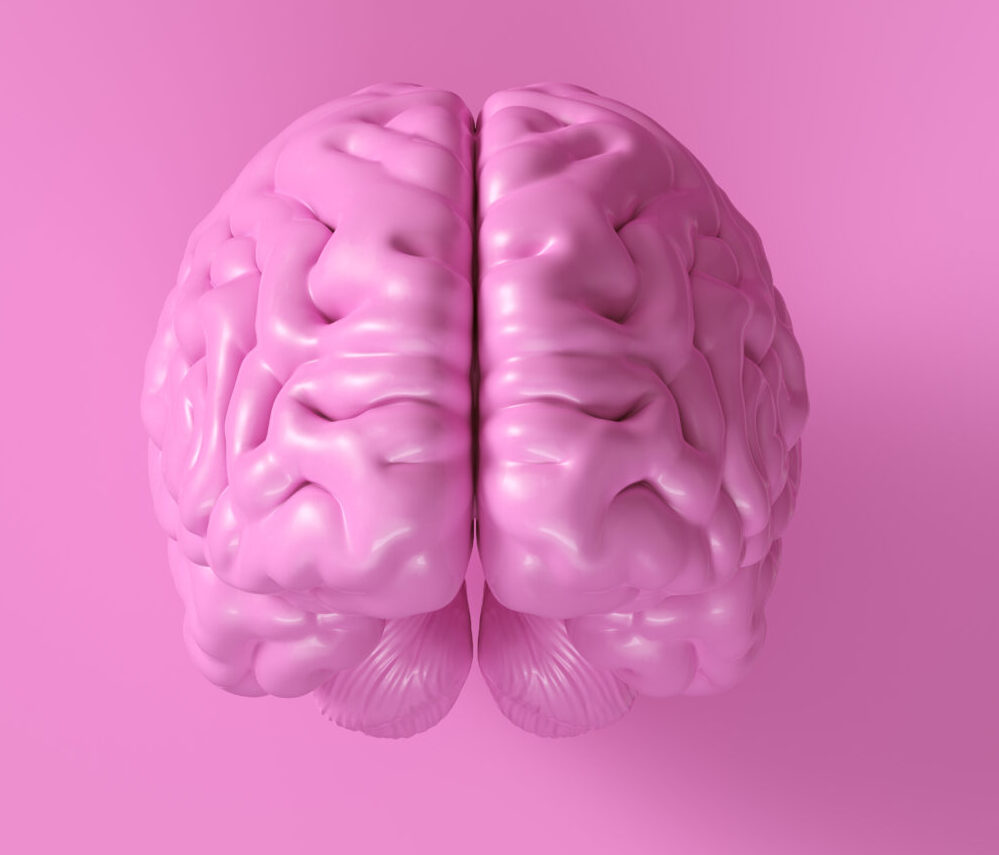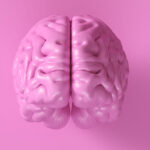### Emerging Non-Invasive Diagnostics for Alzheimer’s
Alzheimer’s disease is a complex condition that affects millions of people worldwide. Early detection is crucial for effective treatment, but traditional diagnostic methods can be invasive, expensive, and time-consuming. Fortunately, researchers are developing new, non-invasive techniques to detect Alzheimer’s disease. Let’s explore these emerging methods.
#### Eye Tracking: A New Way to Diagnose
One innovative approach is using eye tracking technology. This method involves monitoring subtle changes in eye movements to detect cognitive decline. Here are four ways eye tracking can help:
1. **Basic Tasks**: Simple tasks like focusing on a static dot or following a moving target can reveal patterns specific to Alzheimer’s. Studies have shown that these tests can distinguish individuals with Alzheimer’s from healthy peers with up to 95% accuracy[1].
2. **Antisaccade Task**: This task measures a person’s ability to inhibit reflexive eye movements. Healthy individuals typically make errors in 20% of trials, while those with Alzheimer’s error rates range from 50-80%. This difference helps differentiate Alzheimer’s patients and correlates with disease severity[1].
3. **Visual Search and Scene Exploration**: Alzheimer’s patients often struggle with visual search and scene exploration due to memory deficits and impaired attention. Eye tracking during these tasks has demonstrated nearly 90% accuracy in identifying Alzheimer’s patients[1].
4. **Reading Tasks**: Changes in reading patterns, such as longer fixation durations, more frequent re-reading, and slower reading speeds, are common in Alzheimer’s. Eye tracking during reading tasks has shown nearly 90% accuracy in identifying Alzheimer’s patients[1].
#### Biomarkers: The Future of Diagnosis
Biomarkers are substances in the body that can indicate the presence of a disease. Researchers are focusing on developing biomarkers for Alzheimer’s that can be detected through non-invasive means.
1. **Cerebrospinal Fluid (CSF) Tests**: These tests measure levels of beta-amyloid and tau proteins in the cerebrospinal fluid. High levels of tau and low levels of beta-amyloid can indicate Alzheimer’s disease. However, collecting CSF involves a lumbar puncture, which is invasive[3].
2. **Blood Tests**: Scientists are working on developing blood tests that can detect Alzheimer’s biomarkers. These tests would be much easier to administer and could provide early warnings of the disease[3].
3. **Machine Learning Models**: Researchers are using machine learning models to analyze data from various sources, including biomarkers, to predict Alzheimer’s disease. These models can help identify patterns that indicate the presence of the disease[4].
#### Brain Imaging: A Visual Diagnostic Tool
Brain imaging tests like MRI, CT, and PET scans are essential for diagnosing Alzheimer’s. These tests can detect brain shrinkage and rule out other conditions that might cause similar symptoms.
1. **MRI Scans**: MRI scans can detect brain shrinkage associated with Alzheimer’s and rule out other brain disorders[3].
2. **PET Scans**: PET scans can visualize plaques in the brain, a hallmark of Alzheimer’s, especially when used with a tracer like florbetapir[3].
#### Conclusion
Early detection of Alzheimer’s disease is crucial for effective treatment. Emerging non-invasive diagnostics like eye tracking, biomarkers, and brain imaging are revolutionizing the way we diagnose this condition. These methods offer hope for widespread, accessible screening, which could lead to earlier intervention and better outcomes for patients.
As research continues to advance, we can expect even more innovative diagnostic tools to emerge. By combining these methods, we can improve our ability to detect Alzheimer’s disease early, providing patients with the best possible chance at a healthier future.


